https://philaholisticclinic.com/treatment-for-hair-loss/
Treatment for hair loss
Treatment for hair loss is always a challenge and the success rate depends on the type of hair loss, causes of hair loss in each particular case, and severity of symptoms. There are some effective treatments for hair loss. You might be able to reverse hair loss, or at least slow it. With some conditions, such as patchy hair loss (alopecia areata), hair may regrow without treatment within a year. Treatments for hair loss may include medications, light therapy, and surgery.
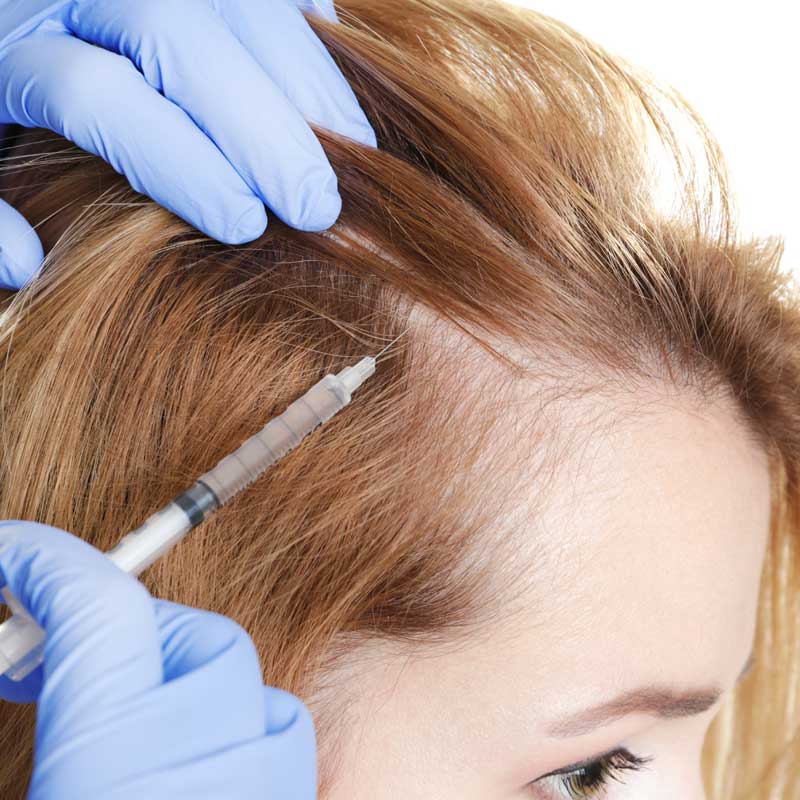
Medications
If your hair loss is caused by an underlying disease, treatment for that disease will be necessary. If a certain medication is causing hair loss, your doctor may advise you to stop using it for a few months.
Medications for the treatment of thinning hair and hair loss are available to treat pattern (hereditary) baldness.

The most common options include:
Finasteride (Propecia). This is a prescription drug for men. You take it daily as a pill. Many men taking finasteride experience a slowing of hair loss, and some may show new hair growth. It may take a few months to tell whether it’s working for you. You’ll need to keep taking it to retain any benefits. Finasteride may not work as well for men over 60.
Rare side effects of finasteride include diminished sex drive and sexual function and an increased risk of prostate cancer. Women who are or may be pregnant need to avoid touching crushed or broken tablets.
Other medications. Other oral options include spironolactone (Carospir, Aldactone) and oral dutasteride (Avodart).
There are various forms of treatment for hair loss in women, including topical medications, such as Rogaine. Other options include light therapy, hormone therapy, or in some cases, hair transplants. Another treatment for hair loss women is eating a nutritious diet and maintaining a healthy lifestyle can also help keep hair healthy.
Topical remedies
Minoxidil (Rogaine). Over-the-counter (nonprescription) minoxidil comes in liquid, foam, and shampoo forms. To be most effective, apply the product to the scalp skin once daily for women and twice daily for men. Many people prefer the foam applied when the hair is wet.
Products with minoxidil help many people regrow their hair or slow the rate of hair loss or both. It’ll take at least six months of treatment to prevent further hair loss and to start hair regrowth. It may take a few more months to tell whether the treatment is working for you. If it is helping, you’ll need to continue using the medicine indefinitely to retain the benefits.
Possible side effects include scalp irritation and unwanted hair growth on the adjacent skin of the face and hands.
Hair Loss
Hair loss (alopecia) can affect just your scalp or your entire body, and it can be temporary or permanent. It can be the result of heredity, hormonal changes, medical conditions, or a normal part of aging. Anyone can lose hair on their head, but it’s more common in men.
However, it is normal to shed a certain amount of hair every day. If hair falls out in more significant amounts than usual, it can cause distress and worry.
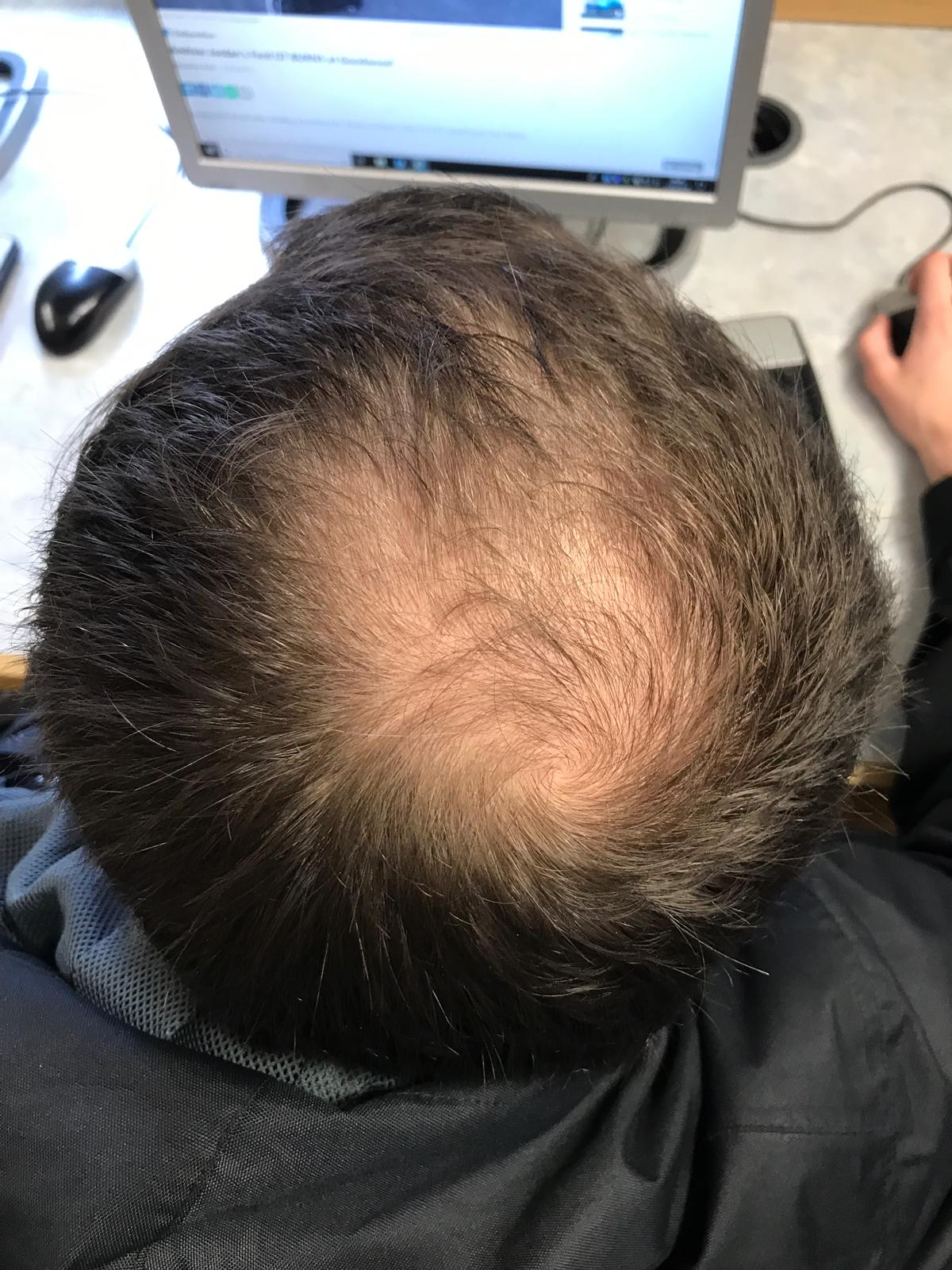
While male and female pattern baldness is a primary cause of hair loss, there is a range of other reasons. A doctor will want to explore these before recommending the appropriate treatment.
In this article, we look at the leading causes of hair loss in both males and females, the treatment available, and home care tips for preventing further loss.
Types of Hair Loss
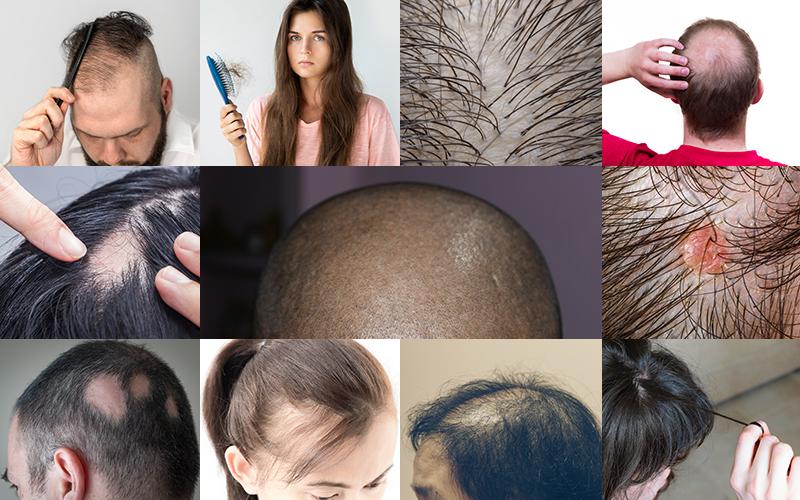
Below are the major types of Hair Loss
Involutional alopecia
This is a natural condition in which the hair gradually thins with age. More hair follicles go into the resting phase, and the remaining hairs become shorter and fewer in number.
Androgenic alopecia
This type of hair loss is a genetic condition that can affect both men and women. Men with this condition, called male pattern baldness, can begin suffering hair loss as early as their teens or early 20s. It’s characterized by a receding hairline and gradual disappearance of hair from the crown and frontal scalp. Women with this condition, called female pattern baldness, don’t experience noticeable thinning until their 40s or later. Women experience a general thinning over the entire scalp, with the most extensive hair loss at the crown.
Alopecia areata
Alopecia areata is the type of hair loss often starts suddenly and causes patchy hair loss in children and young adults. This condition may result in complete baldness (alopecia totalis). But in about 90% of people with the condition, the hair returns within a few years.
Alopecia universalis
This type of hair loss causes all body hair to fall out, including the eyebrows, eyelashes, and pubic hair.
Trichotillomania
This is seen most frequently in children, is a psychological disorder in which a person pulls out one’s own hair.
Telogen effluvium
This is temporary hair thinning over the scalp that occurs because of changes in the growth cycle of hair. A large number of hairs enter the resting phase at the same time, causing hair shedding and subsequent thinning. Learn more about what causes telogen effluvium.
Scarring alopecias
Scarring alopecias result in permanent loss of hair. Inflammatory skin conditions (cellulitis, folliculitis, acne), and other skin disorders (such as some forms of lupus and lichen planus) often result in scars that destroy the ability of the hair to regenerate. Hot combs and hair too tightly woven and pulled can also result in permanent hair loss.
Symptoms of hair loss
The symptoms of hair loss can appear in many different ways, depending on what’s causing it. It can come on suddenly or gradually and affect just your scalp or your whole body.
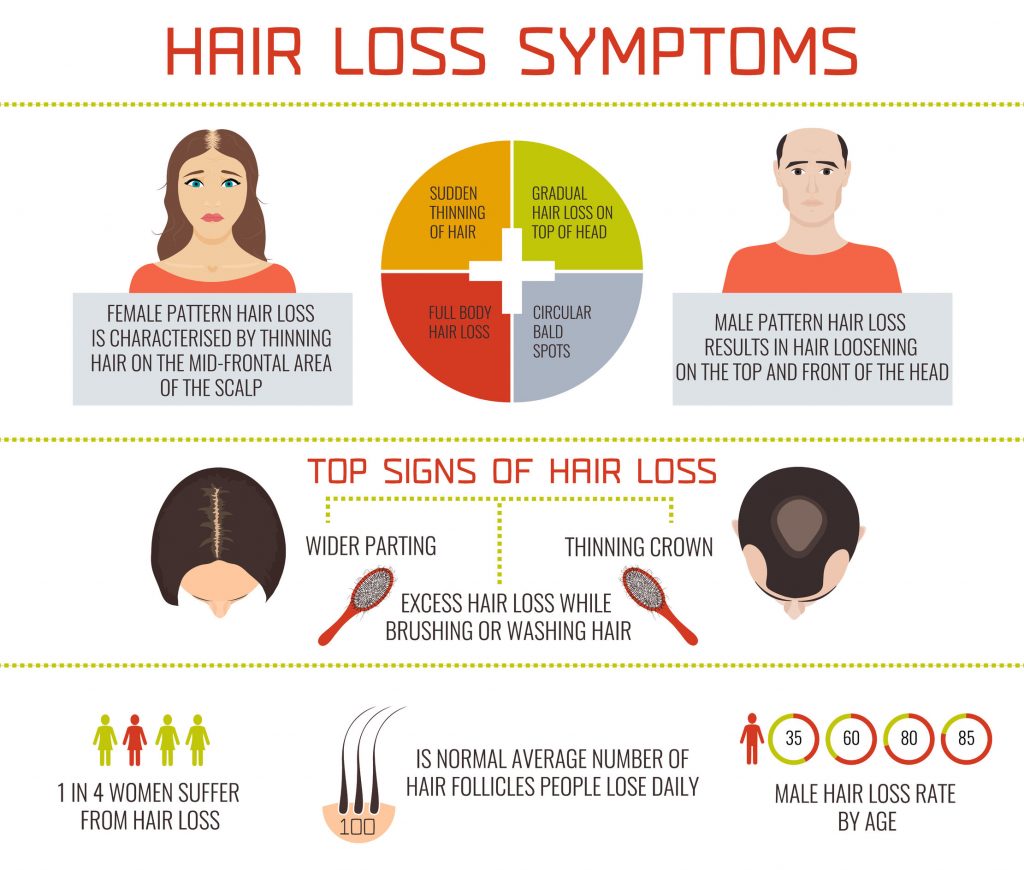
Symptoms of hair loss may include:
Gradual thinning on top of the head.
This is the most common type of hair loss, affecting people as they age. In men, hair often begins to recede at the hairline on the forehead. Women typically have a broadening of the part in their hair. An increasingly common hair loss pattern in older women is a receding hairline (frontal fibrosing alopecia).
Circular or patchy bald spots.
Some people lose hair in circular or patchy bald spots on the scalp, beard, or eyebrows. Your skin may become itchy or painful before the hair falls out.
Sudden loosening of hair.
A physical or emotional shock can cause hair to loosen. Handfuls of hair may come out when combing or washing your hair or even after gentle tugging. This type of hair loss usually causes overall hair thinning but is temporary.
Full-body hair loss.
Some conditions and medical treatments, such as chemotherapy for cancer, can result in the loss of hair all over your body. The hair usually grows back.
Patches of scaling that spread over the scalp.
This is a sign of ringworm. It may be accompanied by broken hair, redness, swelling, and, at times, oozing.
Causes of hair loss
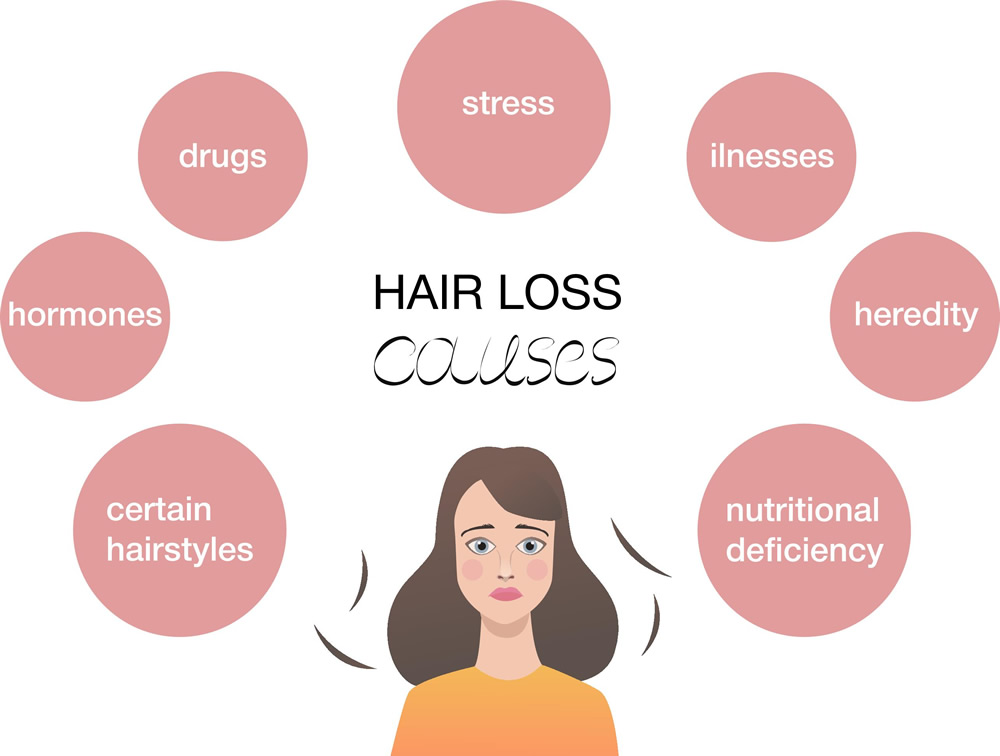
Doctors don’t know the main causes of hair loss. However, several factors may influence hair loss:
- Family history (heredity). The most common cause of hair loss is a hereditary condition that happens with aging. This condition is called androgenic alopecia, male-pattern baldness, and female-pattern baldness. It usually occurs gradually and in predictable patterns — a receding hairline and bald spots in men and thinning hair along with the crown of the scalp in women.
- Hormonal changes and medical conditions. A variety of conditions can cause permanent or temporary hair loss, including hormonal changes due to pregnancy, childbirth, menopause, and thyroid problems. Medical conditions include alopecia areata (al-o-PEE-she-uh ar-e-A-tuh), which is immune system-related and causes patchy hair loss, scalp infections such as ringworm, and a hair-pulling disorder called trichotillomania (trik-o-til-o-MAY-nee-uh).
- Medications and supplements. Hair loss can be a side effect of certain drugs, such as those used for cancer, arthritis, depression, heart problems, gout, and high blood pressure.
- Radiation therapy to the head. The hair may not grow back the same as it was before.
- A very stressful event. Many people experience a general thinning of hair several months after a physical or emotional shock. This type of hair loss is temporary.
- Hairstyles and treatments. Excessive hairstyling or hairstyles that pull your hair tight, such as pigtails or cornrows, can cause a type of hair loss called traction alopecia. Hot-oil hair treatments and permanents also can cause hair to fall out. If scarring occurs, hair loss could be permanent.
- Medical conditions. Thyroid disease, lupus, diabetes, iron deficiency anemia, eating disorders, and anemia can cause hair loss. Most times, when the underlying condition is treated, the hair will return unless there is scarring as in some forms of lupus, lichen planus, or follicular disorders.
- A low-protein diet or severely calorie-restricted diet can also cause temporary hair loss. Get information about foods that can help prevent hair loss.
Causes of hair loss in women?
Below are some of the common causes of hair loss in women
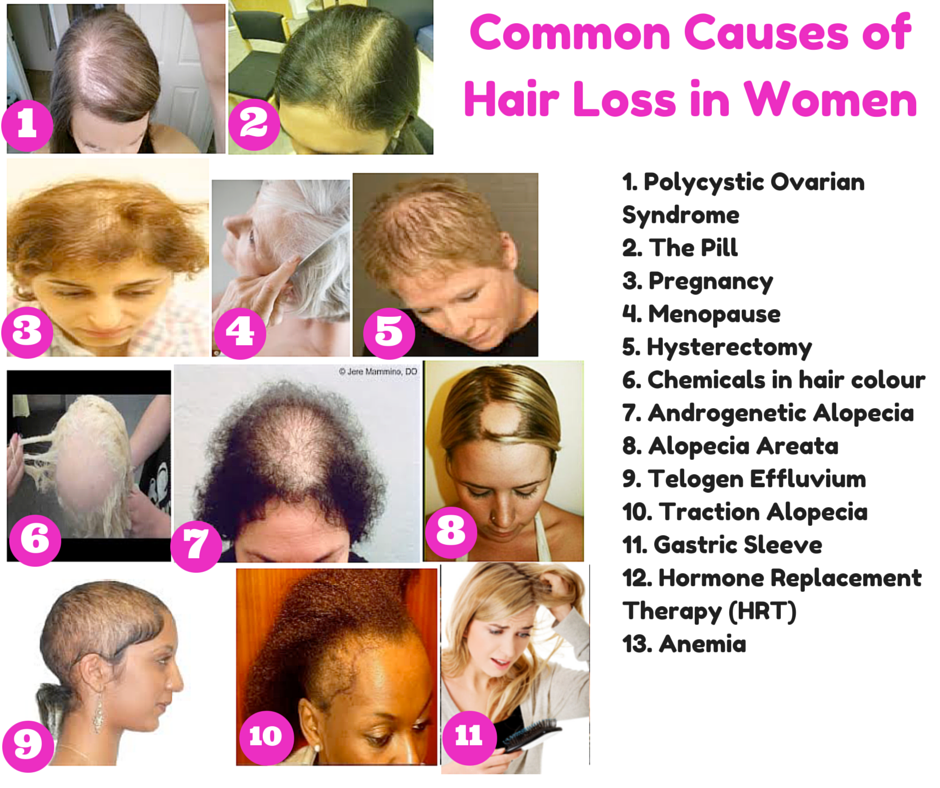
- Hairstyle: Hairstyle is one of the main causes of hair loss in women. When your hair is arranged in ways that pull on your roots, like tight ponytails, braids, or cornrows. This type of hair loss is called traction alopecia. If hair follicles are damaged, the loss can be permanent.
- Vitamin deficiency.
- Dieting (rapid weight loss).
- Restrictive diets.
- Over processed scalp hair (breakage).
- Menopause: This type of hair loss often gets worse when estrogen is lost during menopause.
What questions should I ask my healthcare provider?
- Why am I losing so much hair?
- Why am I losing my hair?
- Why am I losing hair?
- What is the cause of my hair loss?
- How many strands of hair am I losing per day?
- What type of hair loss do I have?
- Will my hair loss be permanent?
- What’s the best treatment for me?
Natural treatment for hair loss
Natural treatment for thinning hair and hair loss is another type of treatment for hair loss that has been proven to be effective. Natural treatment for hair loss has many benefits. They are more effective, have no or minimal side effects, and are less expensive.
Below are the most common methods of natural treatment of hair loss
Home remedies for hair loss
Home treatment for hair loss is easy to achieve. It is a form of natural treatment for thinning hair and hair loss that is effective without known side effects. Below are different approaches to home treatment for hair loss
- Fenugreek seeds are also one of the common home treatments for hair loss which helps to reduce baldness. Grind some fenugreek seeds and also add water and apply this paste to the head. After 40minutes wash your hair try this paste for a month, this is one of the very effective remedies.
- You can also try powerful rubbing of the scalp with your fingers after washing your hair with cold water. This is also a very beneficial and also very effective home remedy that helps to reduce hair fall.
- You can also rub the scalp areas with onion and then apply honey; this is a very effective natural remedy.
- Take an egg yolk and mix it with honey properly and apply this solution for ½ hour. After, wash your hair with cold water. This will also help you to get rid of hair fall problems.
- You can also make home-based shampoo for hair. Take 5 tablespoons of curd, 1 tablespoon of lemon juice, and 1 tablespoon of gram raw powder. Apply this shampoo on the head and rinse after an hour. These will also be very useful remedies to reduce hair fall.
- You can also wash your hair with apple cider vinegar and sage tea, this will helps you to maintain long and healthy hairs.
- Tea tree oil is an effective home remedy for hair loss that is used to kill lice and bacteria which attack the follicle and cause hair fall. Apply tea tree oil regularly.
- Essential oils for hair loss like almond oil, lemon-based oil, olive oil, and mustard oil can be applied to hairs on regular basis. Essential oils for hair loss helps to avoid hair falling.
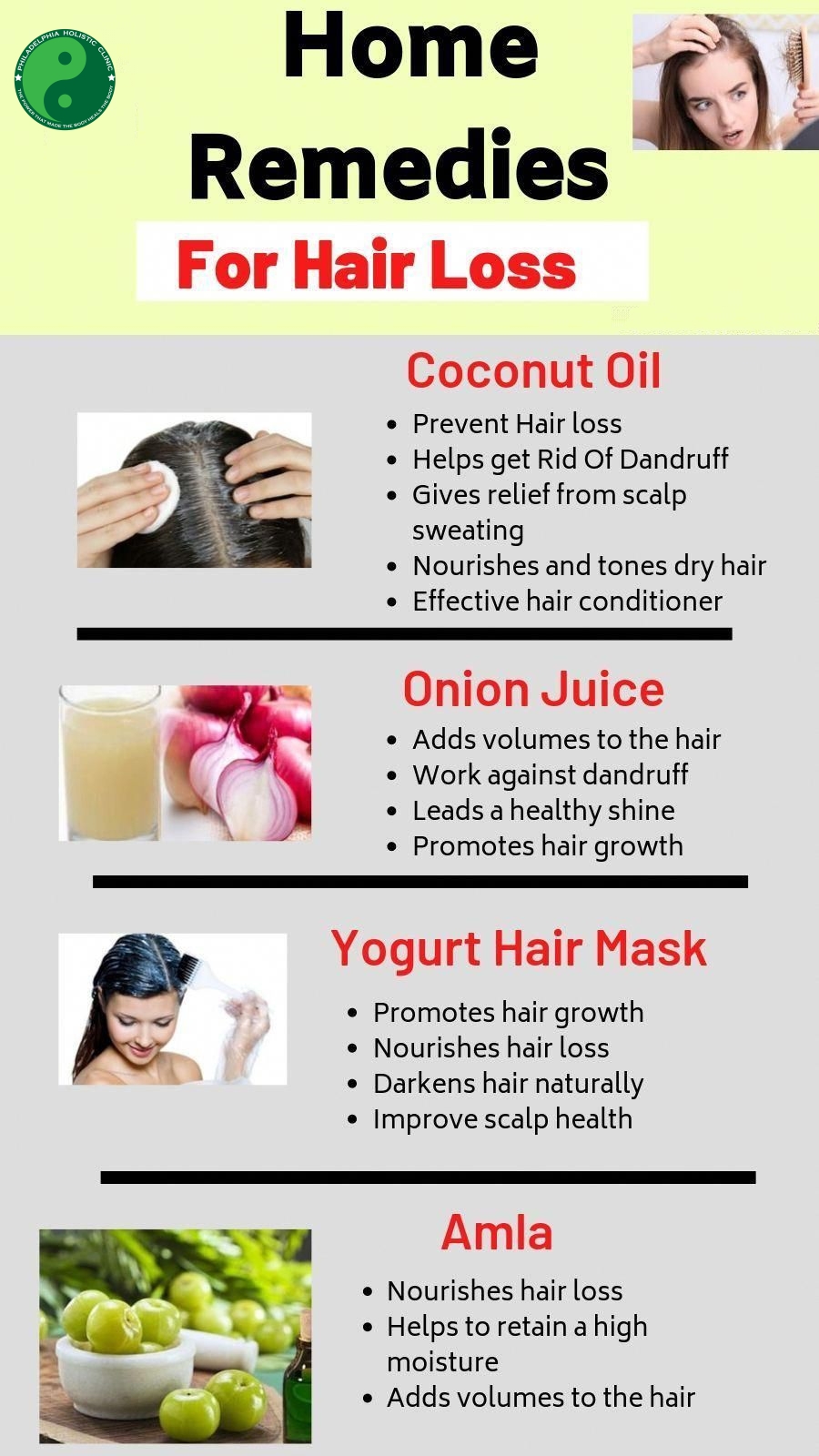
Vitamins for hair loss – the most effective method of treatment if hair loss occurs due to avitaminosis
Vitamins for hair loss is another natural treatment of hair loss that is effective. Vitamin for hair loss helps support the production of sebum in the scalp. Sebum is a natural oil that helps the strands grow. Vitamin B is another natural treatment for thinning hair and hair loss because it gives the strands their texture and prevents split ends and breakage. Vitamins C and E are also important in order to have healthy hair.
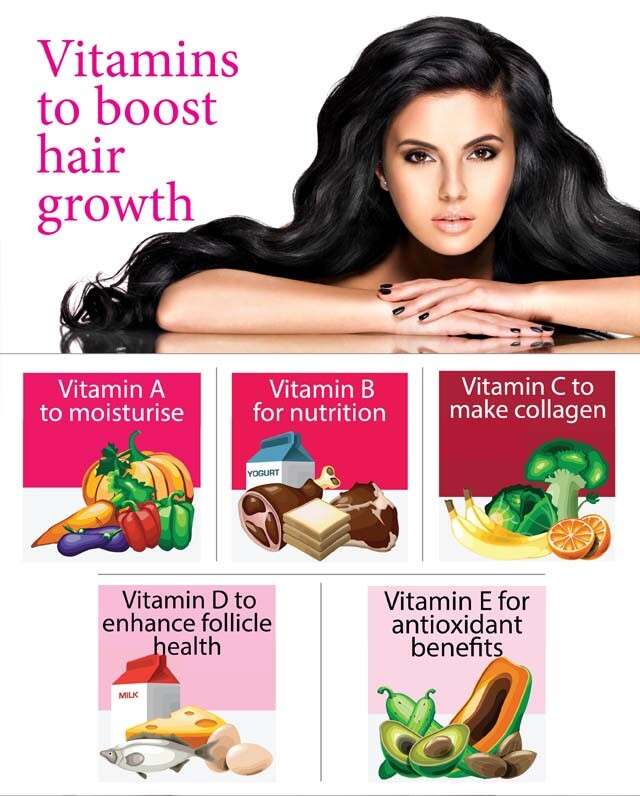
Diet for hair loss – a vital part of any form of treatment
Diet for hair loss is an essential part of any natural treatment for hair loss that is also effective. The proper diet for hair loss supports normal hair growth. Typically, a healthful diet will contain a wide variety of foods, including many different vegetables and fruits.

These provide many essential nutrients and compounds that help keep skin and hair healthy.
Homeopathy for hair loss – #1 natural hair loss treatment
Homeopathy for hair loss is prescribed depending on the underlying cause of Hair loss and based on the individual’s temperament and homeopathic constitution. Homeopathy for hair loss promotes hair regrowth and reduces the intensity of hair loss.
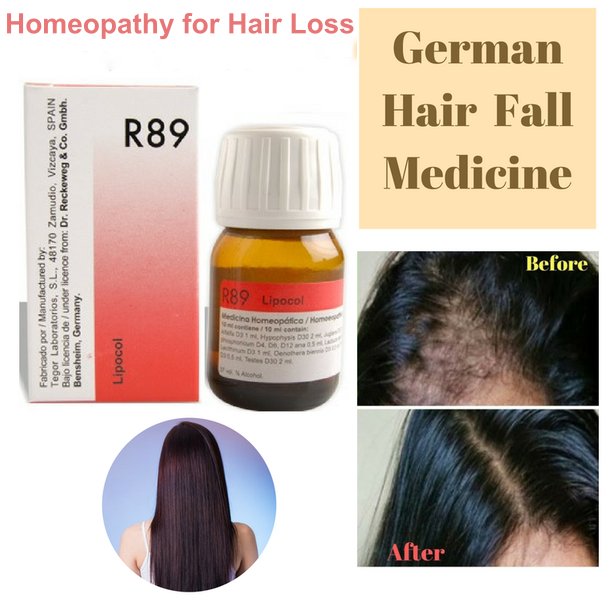
Listed below are homeopathic remedies for hair loss
- Thuja Occidentalis: For hair loss due to dry, white, scaly dandruff, then Thuja is the best remedy. This remedy is prescribed for dryness and thinning hair. This helps in hair growth and makes it lustrous.
- Natrum Muriaticum: This acts well when hair loss is experienced after childbirth. In such cases, hair loss occurs from the frontal area (bregma) of your head. It can also be prescribed to women suffering from hair loss due to anemia (iron deficiency).
- Lycopodium Clavatum: This is effective for treating hair loss after delivery, after menopause, or hair loss due to ovarian dysfunction. It is also prescribed when hair loss is witnessed from vertex first, later on, the temples including graying of hair.
Natural treatment thinning hair and hair loss in Philadelphia.
Natural treatment for hair loss using acupuncture, homeopathy, medicinal herbs, and reiki is very effective and the success rate of those treatments is usually 20-25% above average numbers in the industry.
Philadelphia Holistic Clinic is the #1 naturopathic clinic in the city and suburbs, directed by the medical doctor Victor Tsan. At the clinic, you will receive any form of holistic healing and the protocol will be customized for your particular medical condition.
To schedule an appointment for holistic evaluation and meet Dr. Tsan, contact our office (267) 403-3085 or use our online application.
Simply scan the QR code below to switch to the booking page.

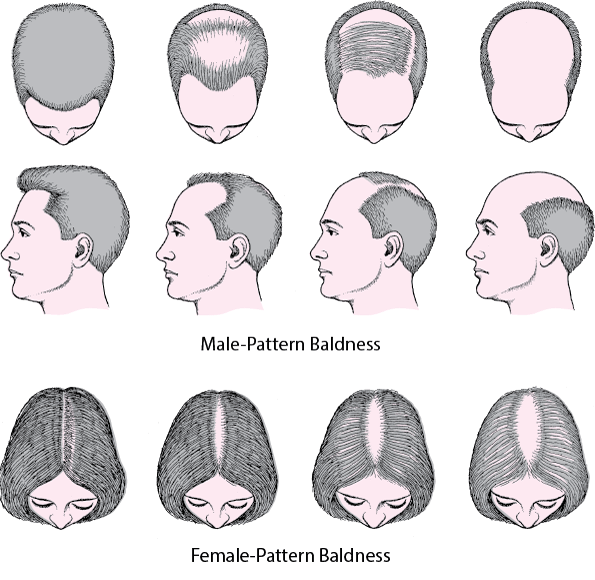
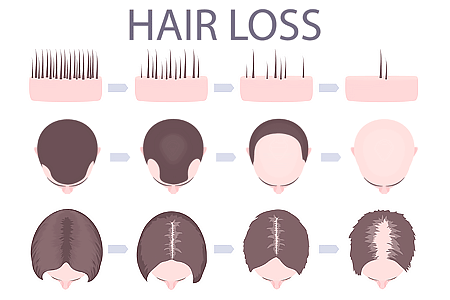
Comments
Post a Comment